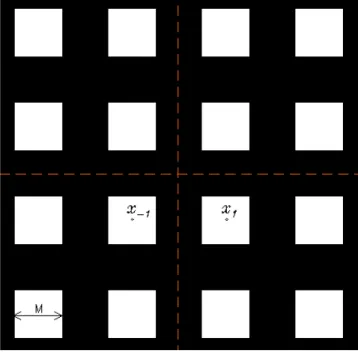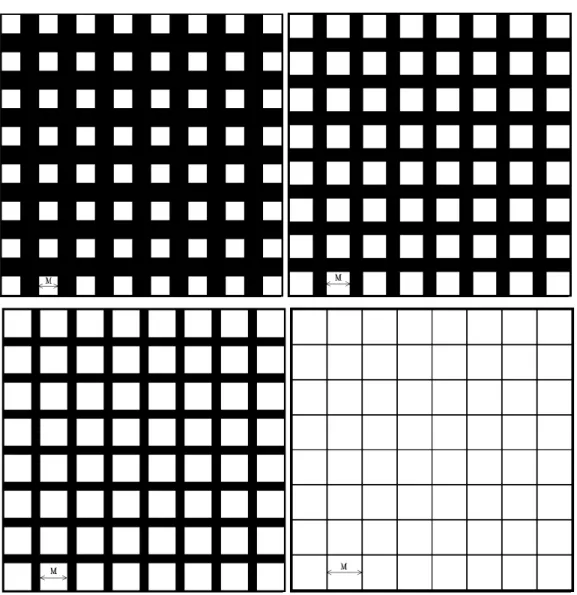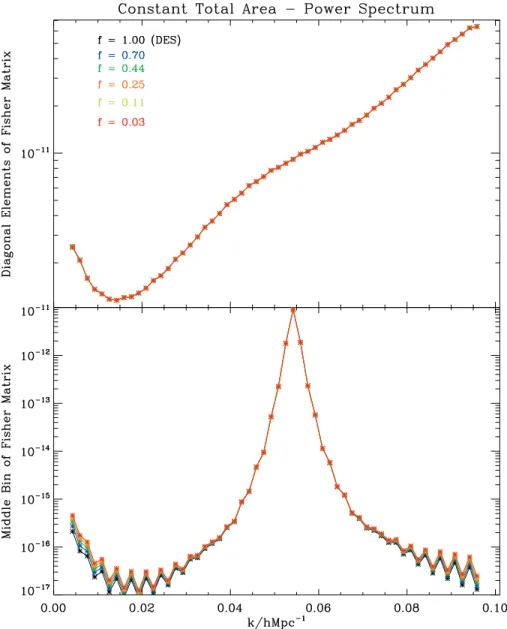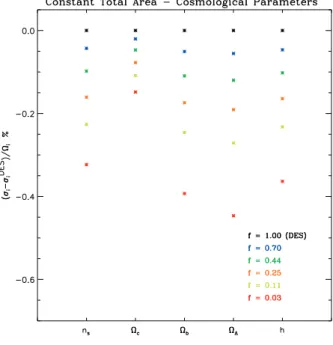Sparsely sampling the sky: a Bayesian experimental design approach
Texte intégral
Figure




Documents relatifs
We conclude that the free boundary and weighted shear stabilizations conside- rably improve the numerical results for this particular membrane-dominated shell problem, but also
[r]
The proposed method takes into account information from historical data to calibrate an objective informative prior on parameter distribution and also on the model space in two
R. Haïssinski, et al.. About the connection between the C_ℓ power spectrum of the cosmic microwave background and the γ_m Fourier spectrum of rings on the sky.. Concerning
As discussed in Section 6.5 the present gas tracker of the MAGNEX spectrometer must be upgraded in order to cope with the challenging high rate of heavy ions expected in NUMEN Phase
With knowledge of the above quantities and their products, different trans- port coefficients, such as self-diffusion D, viscosity r7 and conductivity &have been
Mes recherches sur les relations entre activité collective et santé conduisent à ouvrir l’intervention ergonomique sur trois orientations : la prise en compte


